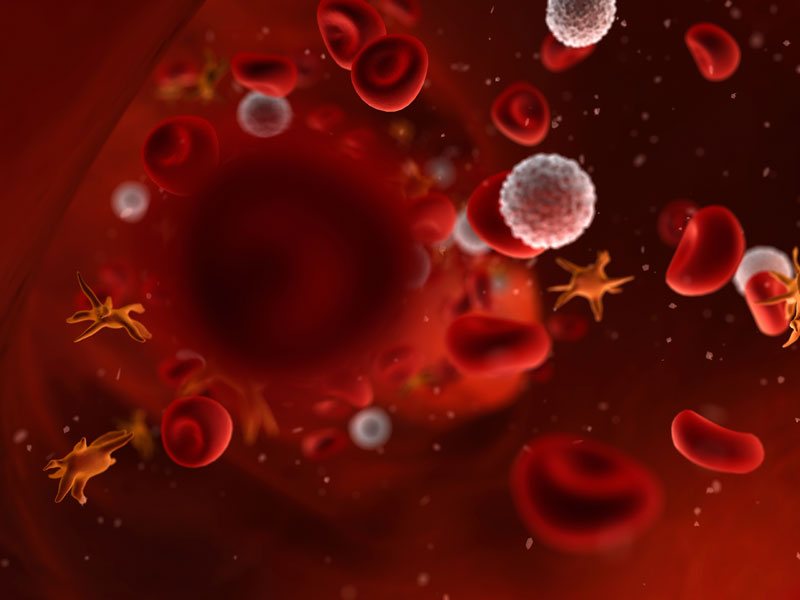The information resource website for PRP in Australia
An introduction to PRP - What is PRP?
History
Autologous platelet rich plasma (PRP) injections were first used in 1987 in open heart surgery (1). Today, PRP injections have been safely used in many fields including sports medicine, orthopaedics, cosmetics, fasciomaxillary and urology. (2)
PRP: Platelet Rich Plasma
Blood contains plasma, red blood cells, white blood cells and platelets. Platelets are small discoid cells with a life span of about 7-10 days. Inside platelets contain granules which contain clotting and growth factors. During the healing process, the platelets are activated and aggregate together. They then release the granules which contain growth factors which stimulate the inflammatory cascade and healing process (2).
Blood typically contains 6% platelets whereas PRP has a significantly increased supra-physiological platelet concentration. Although this level can vary depending on the method of extraction and equipment, studies have shown that clinical benefit can be obtained if the PRP used has an increased platelet concentration of 4x greater than normal blood (3).
Blood typically contains 6% platelets whereas PRP has a significantly increased supra-physiological platelet concentration. Although this level can vary depending on the method of extraction and equipment, studies have shown that clinical benefit can be obtained if the PRP used has an increased platelet concentration of 4x greater than normal blood (3).

References
1. Ferrari M, Zia S, Valbonesi M. A new technique for hemodilution, preparation of autologous platelet-rich plasma and intraoperative blood salvage in cardiac surgery. Int J Artif Organs. 1987;10:47–50.
2. Sampson S, Gerhardt M, Mandelbaum B. Platelet rich plasma injection grafts for musculoskeletal injuries: a review. Curr Rev Musculoskelet Med. 2008 Dec;1(3-4):165-74.
3. Marx R, Garg A. Dental and craniofacial applications of platelet- rich plasma. Carol Stream: Quintessence Publishing Co, Inc.; 2005.
1. Ferrari M, Zia S, Valbonesi M. A new technique for hemodilution, preparation of autologous platelet-rich plasma and intraoperative blood salvage in cardiac surgery. Int J Artif Organs. 1987;10:47–50.
2. Sampson S, Gerhardt M, Mandelbaum B. Platelet rich plasma injection grafts for musculoskeletal injuries: a review. Curr Rev Musculoskelet Med. 2008 Dec;1(3-4):165-74.
3. Marx R, Garg A. Dental and craniofacial applications of platelet- rich plasma. Carol Stream: Quintessence Publishing Co, Inc.; 2005.
For enquiries, please email
info@sportsdoc.com.au
© 2010-2024 prpinjection.com.au | Privacy Policy | Disclaimer | Website design: WebInjection